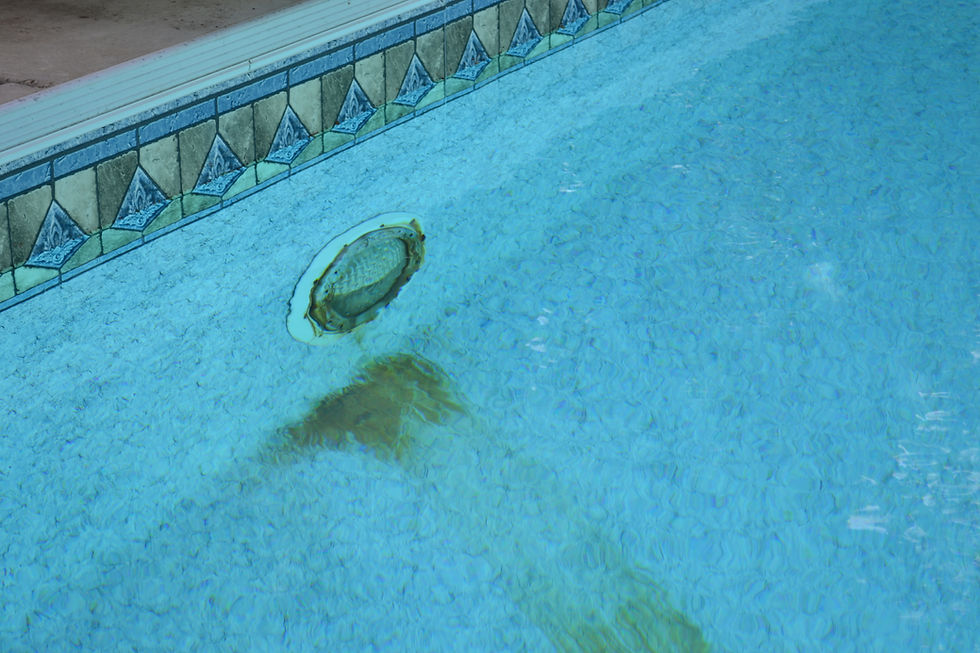Different Types of Algae
- Gabby Pugliese

- Jun 16, 2021
- 2 min read
Swimming pools are a great investment for a fun summer if you're looking to cool off. While they can be a blast, no pool owner likes coming home to a green or cloudy pool infected with algae. Below are the three most common types of algae that can grow in swimming pools and how to treat them.

Green Algae
Green algae is the most common form of algae found in swimming pools. You can typically see green algae floating in your pool or clingining to your pool walls and floor. Green algae can be caused by lack of proper sanitation and filtration. This type of algae can cause your pool water to turn green. In order to treat your water for green algae, you want to brush your walls and floor every day, turn your chlorinator on high, and use an algaecide along with a shock treatment.
Mustard Algae
Mustard algae is a chlorine-resistant form of green algae that can grow in your swimming pool. It is called mustard algae because of its yellowish-tan color. It often resembles dirt or sand at the bottom and sides of your pool. In order to treat for mustard algae, you will want to brush your walls and floor daily, vacuum out on waste in order to bypass the algae from your filter, shock your pool with about double the recommended amount, and treat with an algaecide.
Black Algae
Black algae is a super resistant and hard to kill algae that can grow in your swimming pool. It can appear in small, black dots or patches along your pool walls, floor, or surfaces. Pools with porous surfaces like concrete, gunite are more susceptible to black algae because it can penetrate and grab hold of the walls. In order to treat for black algae, you will want to clean your filter, brush your walls and floor daily, shock your pool with a heavy dose, and add a strong algaecide.
The best way to avoid algae growth is to use an algae preventative as part of your weekly maintanence. Any time you start to see algae growth within your pool, it is best to see a professional and get your water tested for the best treatment plan. Always remember that an ounce of prevention is worth a pound of cure.




Comments